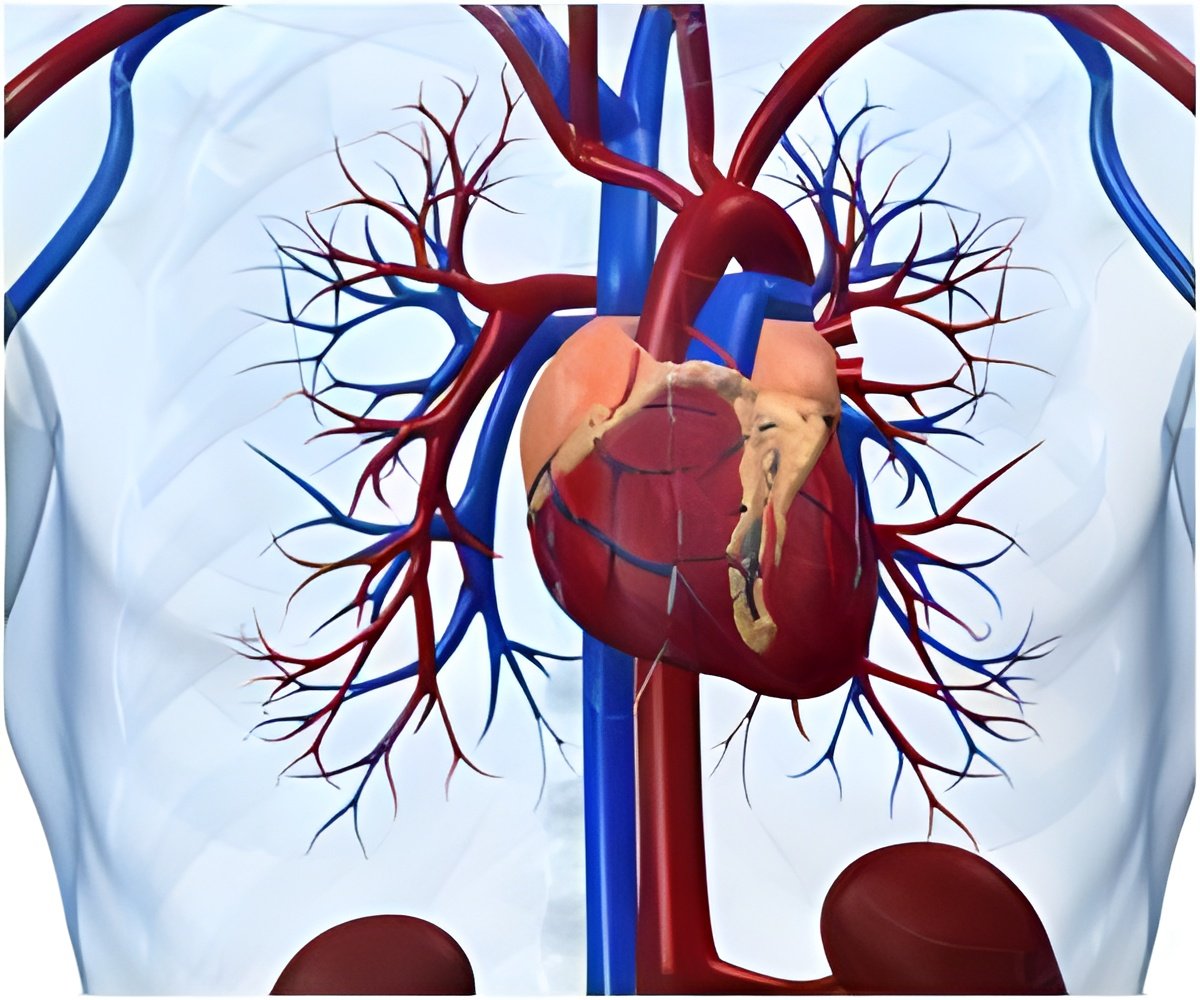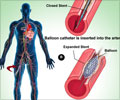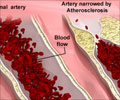
In an angioplasty, a tiny balloon is inflated to open a clogged coronary artery. Typically, a stent is deployed to prevent the artery from collapsing after the balloon is deflated.
The procedure itself irritates the interior walls of the artery. In response, smooth muscle cells migrate to the site and form scar tissue. In roughly one-third of cases, the artery reclogs and another angioplasty is needed.Newer stents release drugs that prevent migration of muscle cells to the site. But these drugs have the unwanted effect of also stopping endothelial cells from moving to the site. Endothelial cells are needed to repair the irritation to the walls of the artery. (The angioplasty removes endothelial cells that line the inside walls of the artery. This increases the risk that clots will form, break loose and cause heart attacks and strokes. Consequently, patients must take anti-clotting medications for months after their angioplasties.)
The Loyola study points to a new strategy for preventing the unwanted migration of muscle cells while allowing the beneficial movement of endothelial cells. The study involved cell cultures as well as rats that had received balloon angioplasties in their carotid arteries.
Researchers focused on two proteins, known as FAK and FRNK. Both proteins are products of the same gene, but have opposite effects: FAK jump-starts the migration of muscle cells to the angioplasty site, while FRNK inhibits such migration. (FAK stands for focal adhesion kinase; FRNK stands for FAK-related nonkinase.)
Introducing FRNK early on in the course of an angioplasty could prevent the migration of artery-clogging muscle cells while allowing the movement of artery-repairing endothelial cells, Samarel said.
Advertisement
Advertisement













